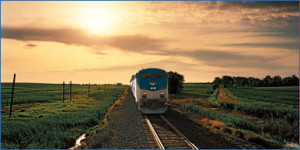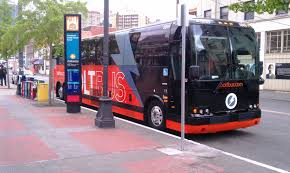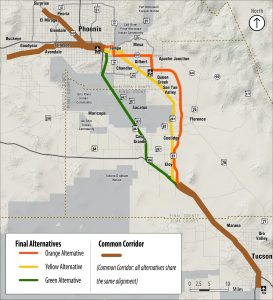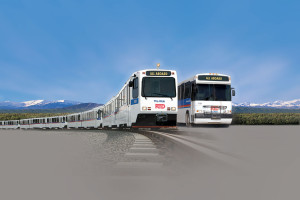Today, we finish our look into how the country’s “Megalopolises” are connected. An Atlantic City Lab article by Richard Florida in March defined a dozen areas in the United States as economic hubs that contain more 70 percent of the U.S. population and produce more than $13 trillion in economic output.
Over the past two days, we’ve looked at the eight largest regions and how they are connected (view our first post here, and post two here).
Hou-Orleans: This megalopolis spreads from Houston, Texas through New Orleans all the way to Mobile, Ala. Florida writes that this area houses 10 million people who produce $750 billion dollars in economic output. Travel options between this southern region include Amtrak’s Sunset Limited line, and Megabus that began service in the region in 2012.
The Cascadia: A megalopolis that stretches as far south as Portland, Ore. and as far north as Vancouver, Canada. More than 10 million people live in this region, which also includes the Seattle metro and is responsible for $600 billion in output, according to Florida.
The Cascadia is one of three regions on the list to include an international border, which can make fluid travel in between more difficult. Domestically, between Seattle and Portland travelers can use Amtrak’s Coast Starlight line or look into using Bolt Bus, which is operated by Greyhound and appears to be the company’s answer to Megabus by also offering fares as low as $1.
Internationally, rail riders still have options on Amtrak’s Cascade line, which covers the Pacific Northwest and ends in Vancouver, B.C. or Quick Coach between Seattle and Vancouver, B.C. as a shuttle option. Ferries are also an option for navigating the waters of the Puget Sound or the Straight of Juan de Fuca and might be one of the best options for getting to Victoria, B.C.
To see a video of Bolt Bus visit The Oregonian.
Phoenix-Tucson: Home to more than 5 million people and worth more than $250 billion in output, travel between the state of Arizona’s two largest metros is currently still limited. Shuttles are available between the two metros via services such as Arizona Shuttle, which can also get users around most of the state. The Arizona Department of Transportation is still in the midst of a feasibility study for a passenger rail line between Phoenix and Tucson. A-DOT began with seven possible routes for the line but has narrowed it to three and according to Spokeswoman Laura Douglas, completing the rail project could cost between $5 and $10 billion.
Denver-Boulder: The last of the dozen megalopolises is made up of 4.2 million people living in the Denver metro and nearby Boulder, Colo. The smallest of all the other megalopolises, this area is still producing $250 billion in economic output and if separated would be in the top 50 global economies, according to Florida. Because of the close proximity to Boulder, Colo., Denver’s rapid transit system offers Skyride, which is a bus service that departs at least once an hour, 365 days a year. For the surrounding metro region, RTD is planning to open an east rail line in 2016 that will connect downtown Denver with Denver International Airport, running along the northern end of Aurora, Colo.
To see a flyover of the proposed RTD East Rail Line project click here.




